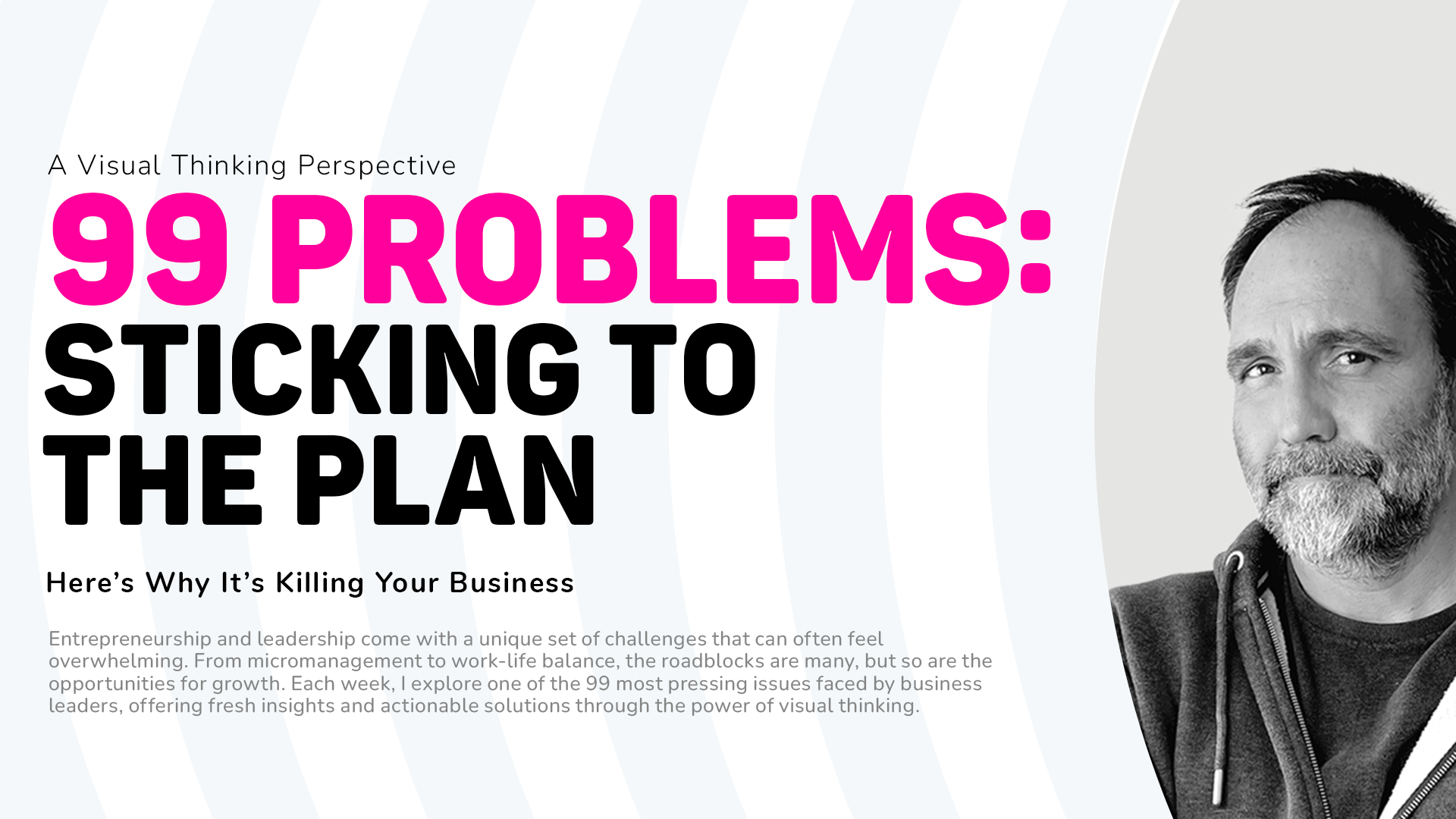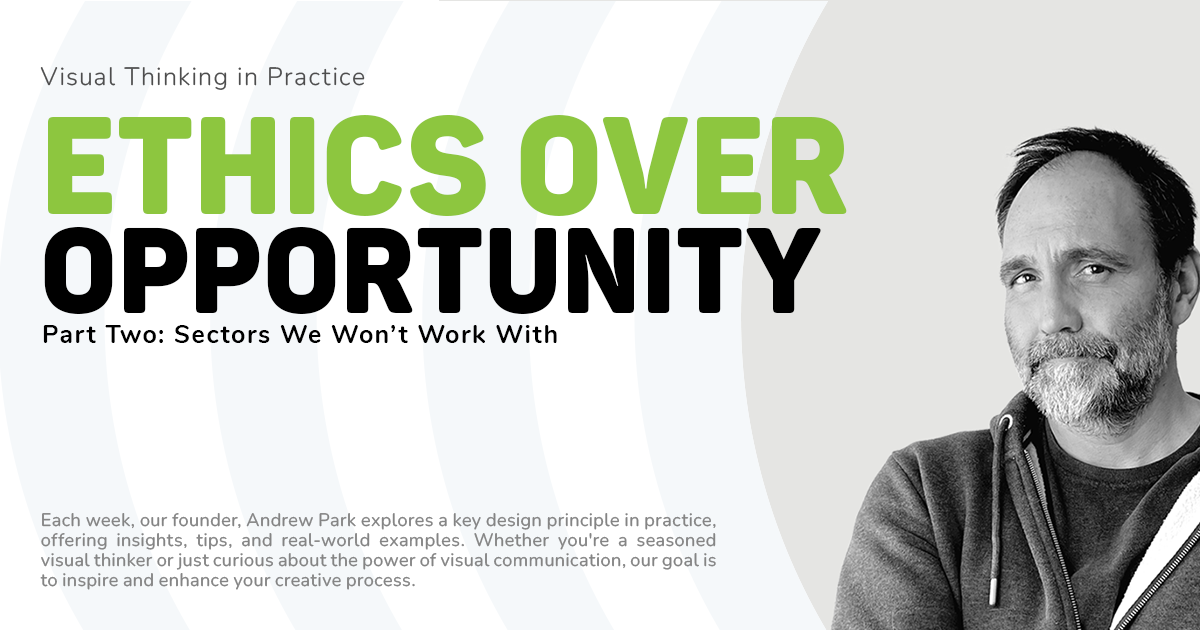
Have you noticed how often businesses often cling to traditional models like a life raft—only to find themselves stranded in a sea of missed opportunities? It’s not their fault, really. The familiar feels safe, even when it’s clearly sinking. Here’s the harsh truth: in a world that moves as fast as a TikTok trend, being slow to adapt is a recipe for stagnation.
Take Kodak, for example. Remember them? The kingpins of film photography? They saw the digital wave coming a mile off—heck, one of their engineers invented the first digital camera back in 1975—but they sat on it because film was their bread and butter. By the time they pivoted, the market had moved on, and their refusal to embrace agility cost them their crown.
This is the corporate equivalent of hanging onto your Blockbuster membership card because streaming is just a fad.
The Problem with Over-Reliance on Tradition
The issue here isn’t just about outdated business models; it’s about inefficiency, misalignment, and a baffling complexity that chokes decision-making at every level. Let’s break it down:
Inefficiency in Communication: Are your meetings just elaborate exercises in talking without actually understanding? Text-heavy reports, unengaging presentations, and a lack of clarity waste time and energy, leaving teams directionless.
Miscommunication and Misalignment: Is your team rowing the same boat or paddling in circles? Different departments often interpret the same strategy in wildly different ways. The result? Delays, budget overruns, and unmet objectives.
Overcomplexity in Decision-Making: Are you drowning in data but parched for insights? A deluge of information overwhelms decision-makers, making it nearly impossible to act decisively.
The consequences of ignoring these problems are stark. Wasted resources, lost opportunities, and the creeping stagnation that turns once-thriving organisations into footnotes in business history.
A Real-World Example: NASA’s Faster, Better, Cheaper Misstep
NASA, in the 1990s, adopted a model called Faster, Better, Cheaper to deliver more missions at lower costs. Sounds great, right? Until it wasn’t. Communication breakdowns, misaligned teams, and overcomplex processes led to the failure of high-profile missions like the Mars Climate Orbiter and the Mars Polar Lander. The post-mortem revealed that their quest for agility lacked the cohesion and clarity necessary to succeed, proving that simply wanting to innovate isn’t enough—you need a system that aligns everyone around clear, actionable insights.
The Solution: Visual Thinking with We Are Cognitive
Here’s where things get exciting: we’ve made it our mission at We Are Cognitive to democratise knowledge by turning traditional, cumbersome communication into something that is clear, actionable, and inspiring.
Our four-pillar methodology ensures every piece of communication you create works as hard as your best employees.
Inform: We don’t just hand you information; we shape understanding. Picture this: instead of a 30-page report your team ignores, you get a visual story that corrects misconceptions, aligns goals, and cuts through the noise like a hot knife through butter.
Develop: Skills are the gateway to growth. Imagine your team equipped with the tools and knowledge to communicate like leaders and tackle challenges with confidence. That’s what our visuals teach—through engaging, transformative storytelling.
Enable: Insight without action is like a map without a compass. We make sure your team not only understands the path forward but has the tools to make those important choices.
Animate: Emotions drive decisions. Our visual narratives don’t just inform; they inspire. We connect with your audience at a deeper level, moving them to act and fostering lasting engagement.
Data to Drive the Point Home
The McKinsey Report on Agility (2021) found that organisations that adopt agile approaches see a 30% improvement in operational efficiency. The kicker? Agility isn’t just about speed—it’s about clarity, alignment, and action.
What This Means for You
Imagine a workplace where your team actually gets it. Where communication doesn’t feel like wading through a swamp but like gliding on a zip line. Where decisions are made quickly because the right information is presented clearly, and everyone is aligned.
With visual thinking, you don’t just solve problems—you prevent them from happening in the first place. The result? A team that’s not just surviving but thriving, armed with the tools to outpace competitors and seize opportunities.
It’s time to ditch the old playbook and start thinking visually. Because when you can see the bigger picture, the path forward becomes obvious. As I have said – when communication is clear, progress is inevitable. Are you ready? Let’s make it happen.
Often the very first books we encounter are picture books, our first introduction to the power of rich visual language. While our books change, the power of this language doesn’t. We’ve reflected on visual language, from picture books to explainer videos and whiteboard animation.
Whether it's making complex ideas feel simple or dry subjects feel engaging, our mission is to democratise knowledge. For over twenty years, we’ve been making this mission a reality, working on whiteboard explainer videos for clients across sectors ranging from education and health to international law and energy.
The best bit of our job is working with clients who have big ideas and complex messages. We’re always ready to make a complicated message feel relatable and understandable or help a visionary get their message out to the masses.
As pioneers of whiteboard animation videos, we’re proud of its ability to make the complex simple and share information far and wide. We want to share its explainer and storytelling superpowers with as many people as possible, but to quote a modern-day classic, ‘with great power comes great responsibility.’ That sometimes means saying ‘no’.
In today’s digital era, explainer videos have become indispensable tools for businesses, educators, and creatives to convey complex ideas in a clear and engaging manner. These videos, whether animated or utilizing techniques like whiteboard animation, captivate audiences and simplify intricate concepts.
We see whiteboard animation as a way of democratising knowledge and sharing the ideas that help us all understand and build a better, fairer world. It is packed with educational and visual storytelling tools that allow us to connect with viewers as we make even the biggest ideas accessible and understandable.
What’s the biggest hype narrative you’ve fallen for recently? Drop it below—no judgment. We’ve all bought something at 11 pm thinking it was genius, only to regret it by morning. (Although the Velcro drain unblocker is the shit!)
The Parker Probe isn’t just a shiny example of what humans can achieve when they stop arguing on X for five minutes. It’s also a reminder that big problems—whether they’re cosmic or corporate—need both boldness and a plan.
When we strip away the layers of imposter syndrome, it often boils down to storytelling—about who we are, what we’ve done, and where we’re headed. The narratives we tell ourselves shape our reality, and reframing those stories can unlock a healthier sense of self-worth.
Facebook and Instagram are going “back to their roots” of free expression. Because, clearly, what the internet desperately needed in 2025 was more rucks.
Watching The Traitors is like observing a high-stakes version of a spider weaving its web. Every accusation, every alliance, every teary-eyed confession pulls on the delicate threads of trust until the whole thing collapses in a heap of suspicion.
Ah, New Year’s resolutions. The annual tradition where we collectively trick ourselves into believing we’re only one heroic declaration away from becoming flawless human beings. This year, this will be the year we shed those bad habits like a moulting snake. Right? Wrong!
If you could pin down the essence of truth, could you draw it? That’s the question that lingered in my mind after speaking with Dan Ariely for my RSA Animate documentary—a project allowing me to reconnect with some of the most compelling thinkers of our time.
I have written a lot about failure. It’s something of a fascination for me. I am in a constantly evolving process with failure. When does failure become a success? Are there any true failures or is it just an endless process?
If you’ve spent any time in creative circles, you’ll know that while education has the potential to transform, we’ve been wielding this so-called "weapon" like a blunt instrument for far too long.
No matter where we find ourselves on the spectrum of human experience, creativity can play a vital role in survival, healing, and hope.
AI could revolutionise the NHS by taking on administrative tasks, giving doctors more time to spend with their patients. However, while this sounds like a dream solution, it comes with challenges. With great power comes great potential for, let’s face it, accidental chaos.
So, here’s the reflective takeaway: in a world of endless scrolling and relentless sameness, being bold is essential, but it’s only the first step. Jaguar has smashed the glass case, but now they need to decide what to do with the diamond.
Let’s face it, presenting isn’t just about showing up with slides and stats. It’s a performance. A dance. A chance to make ideas leap off the screen and stick. But how do you know if you’re nailing it? That’s where the Presentation Pulse Check comes in.
The familiar feels safe, even when it’s clearly sinking. Here’s the harsh truth: in a world that moves as fast as a TikTok trend, being slow to adapt is a recipe for stagnation.
Over-complication isn’t just tedious—it’s the nemesis of efficiency. Enter the KISS principle: “Keep It Simple, Stupid.”
Here’s the thing about getting comfortable – it’s the silent killer of real growth, and I am not talking about bottom-line growth – I’m talking about the type of growth that is far more valuable.
Ah, the Inverted Pyramid—It sounds like a tragic prog rock album you might find at a car boot sale, but it’s a concept that’s as intriguing as it is practical.
Sometimes it’s bloody tempting to focus on fighting today’s fires while forgetting the bigger picture, isn’t it?
Affordance is how something shows you what it can do, like a door handle that makes you want to pull the door open or a button that looks like it should be pressed.
Have you ever been in a meeting where you could just feel your team's energy slipping away? Sometimes meetings drag on, and fresh ideas are as rare as a decent cup of tea, well, in the whole of America!
This peculiar proportion, approximately 1.618, has been lurking in the shadows of human creativity for millennia, like a mathematical James Bond, seducing architects, artists, and designers with its promise of perfection.
Have you ever been in a meeting where you could just feel your team's energy slipping away? Sometimes meetings drag on, and fresh ideas are as rare as a decent cup of tea, well, in the whole of America!
Why do we see faces in clouds, cars with expressions, or even attribute human emotions to our household appliances (admit it, your Henry Hoover has feelings)? The answer lies in the ancient concept of anthropomorphism—a principle as old as humanity itself, born from our inherent need to understand and relate to the world around us by projecting our own characteristics onto it.































In the modern workplace, where attention spans are short, and information overload is common, utilizing innovative internal communication strategies is crucial. This article explores creative internal comms ideas, focusing on the power of animated explainer videos and whiteboard animations.